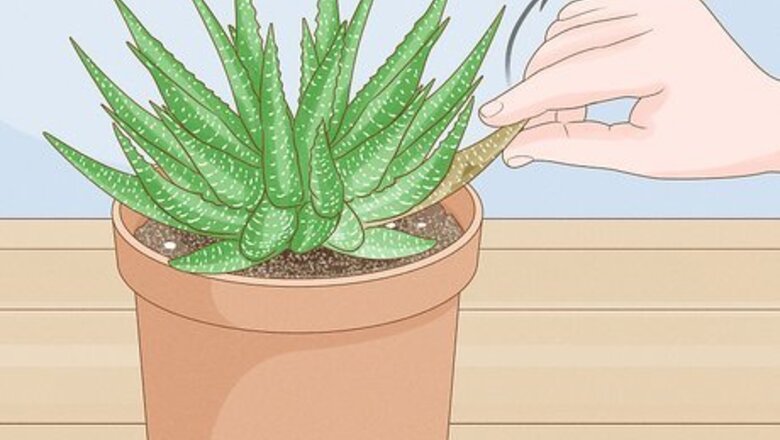
views
Maintaining Health and Size
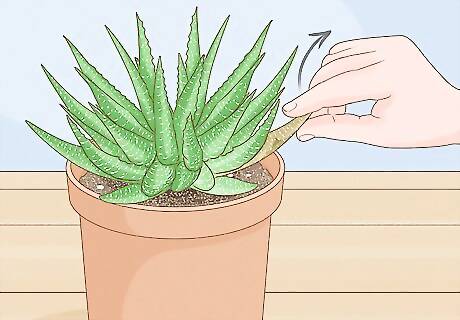
Pull off older leaves regularly. You will typically find dead leaves on the lower parts of your succulents. Remove these leaves gently with your fingers to help your plant grow. If you leave them on the stem for too long, the soil below the plant will take longer to dry, which can lead to rot. Keeping your plant free from dead leaves can also promote new growth on the stem (you might even notice some when you pull off the dead leaves).
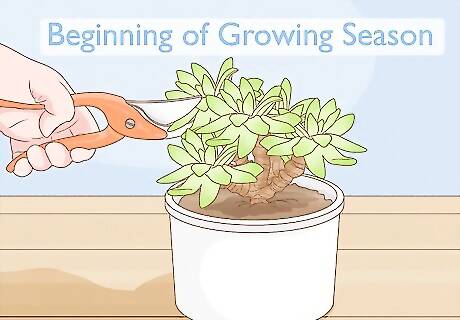
Prune your succulents at the beginning of the growing season. Although succulents can be pruned at anytime, the beginning of the growing season is ideal due to the high level of growth. Near the end of the season, you probably won't see new growth as fast. Succulent growth periods vary, so be sure to double-check the growing season for your type. In general, flowering varieties should be bloomed after they bloom, or during the winter when they are dormant. Take a look at dormancies here: https://www.succulentsandsunshine.com/succulent-dormancy-table/
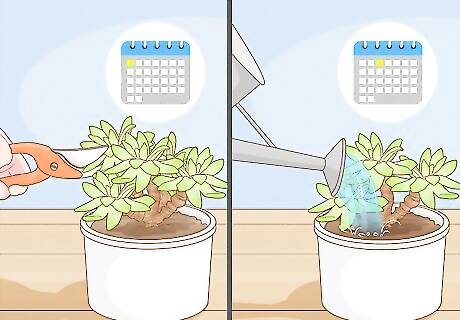
Avoid watering your succulents 1 to 2 days after pruning to allow growth. You need to give the plants and roots time to adjust and heal following pruning. At least 1 day without watering is ideal. When you do water your plants, give them enough time dry afterwards. With the right pruning and a lot of indirect sunlight, you will only need to prune your succulents every few months to a year. Overwatering succulents can lead to root rot.
Creating a Desirable Shape
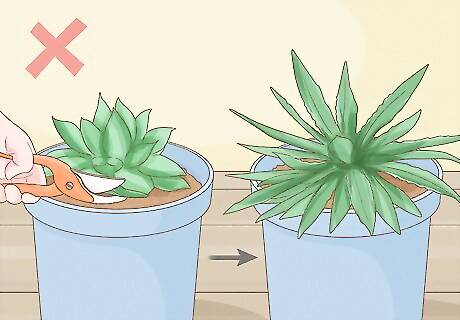
Maintain the natural form of your succulents. How you do this depends on the succulent in question. For example, don't remove bloom spikes from yuccas, nolinas, hesperaloes, and dasylirions until blooming is complete. For agave, never remove their spikes until after blooming (or when you notice agave weevils, a type of beetle from the Curculionoidea superfamily). And cacti like those from the Opuntia/Cylindropuntia genus should be pruned at the point where the pads connect. Removing armament, such as spikes or spines, is recommended. Although these are natural defenses from other animals in the wild, they can be hazards if they are located close to driveways, sidewalks, and other high-traffic areas.

Cut individual branches to shape your succulents. This allows you to gradually shape your trees the way that you want. Chopping your plants to the same height is called "topping," and is severely damaging to the tree's health. This is often done to plants that outgrow the space they're in, although this is less problematic with succulents given their manageable size. If any of your plants are outgrowing their space, consider a more suitable plant for the location.
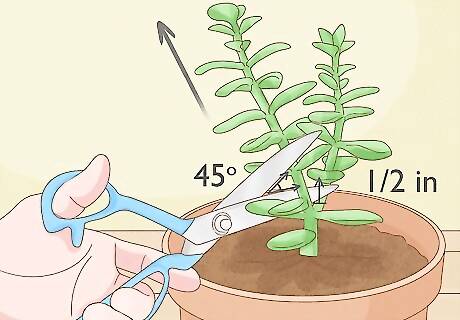
Locate leafs or nodes that are pointing in the direction of desired growth. Cut the stems right above the node within ⁄2 inch (1.3 cm) at a 45-degree angle. The new growth should extend into the direction of the leaf or node where it was removed. Remove a maximum of a 1/3 of the stem length for each leaf. Vary the lengths to give your plant more variation. This technique works best for multi-branched, long-stemmed succulents like crassula and echeveria.
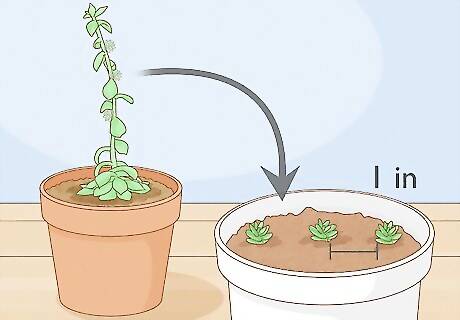
Remove elongated plants that are tilted to one side and repot them. Since these are trouble for the natural shape of your plant, they should be pruned down to a small size that doesn't lead to tilting and grown in new soil. The plants should be tucked tightly into the new soil and spaced apart by about 1 inch (2.5 cm) to allow room for growth. Map out the new space before repotting so that you can accommodate each plant.
Using Plant-Specific Pruning Techniques
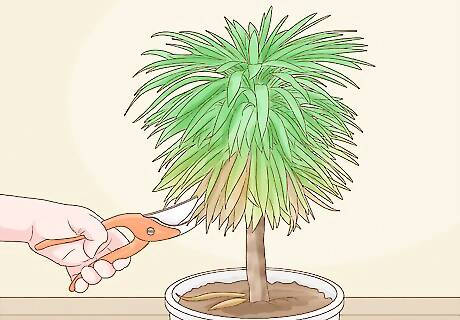
Cut off damaged leaves from yuccas and nolinas. Similar to agaves, these kinds of succulents should only be pruned for dead leaves, as well as armament located on the ends of their leaves. Never remove green leaves, as they are necessary for food production, as well as the general growth and health of the plants. Leave dead leaves on the trunk of taller yuccas and nolinas to protect from water loss during the summer and low temperatures during the winter.

Remove only damaged leaves from dasylirions. These succulents have similar growth patterns as yuccas and nolinas. Cutting off dead leaves is not necessary, but good for improving appearance. Otherwise, prune minimally and never cut off green leaves. Don't sculpt these plants into patterns, such as spirals it's unnatural—and can hinder growth.
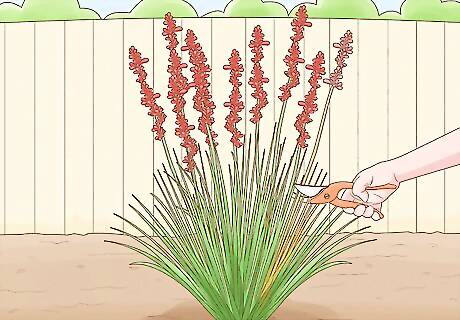
Cut off spent flower stems and dead foliage from hesperaloes. As one of the easiest succulents to maintain, focus on keeping fresh, growing heads and stems. These plants require minimal pruning, so don't trim them just for the sake of it. Never remove flower spikes before they have bloomed (this means never pruning them into squares or balls).

Trim ocotillo stems that have died or become too tall. Focus on individual stems that are dead or unruly by cutting them back to their base and let remaining stems continue growing to produce flowers. Never cut them off at the top, as it will stunt plant growth and lead to unnatural form and height. Cutting ocotillos too high leads to thin and irregular branches as opposed to sturdy ones.

Trim cacti at the joints where the pads connect. Never trim parts of the pads off—always remove full pads. As a general rule, it should always be easy for viewers to determine where the plant was pruned recently. Remove stems that are broken or diseased. The small cacti characterized by columns, such as Cleistocactus, Echinocereus, and Stenocereus, should always be pruned at ground level—never the top. This ruins their natural shape and leaves numerous cuts that are susceptible to disease. Never use cacti as hedges, as their armament can cause harm.

Remove spines at the end of agave leaves. Cut the tips from the end of the leaves as they unfold. Pruning spines can cause browning on the tip of some leaves, but it's nothing to worry about. Focus on pruning these succulents after they bloom, and only remove the whole leaves if they are dying or dead. Planting agave without any armament on their leaves and planting them away from high-traffic areas can eliminate the need for pruning. If agaves become infested with weevils, the whole plant will need to be removed.

















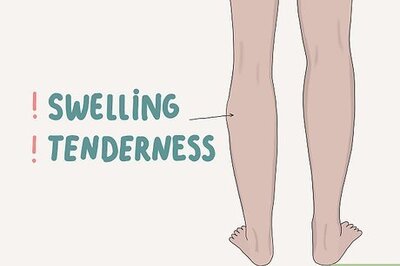


Comments
0 comment